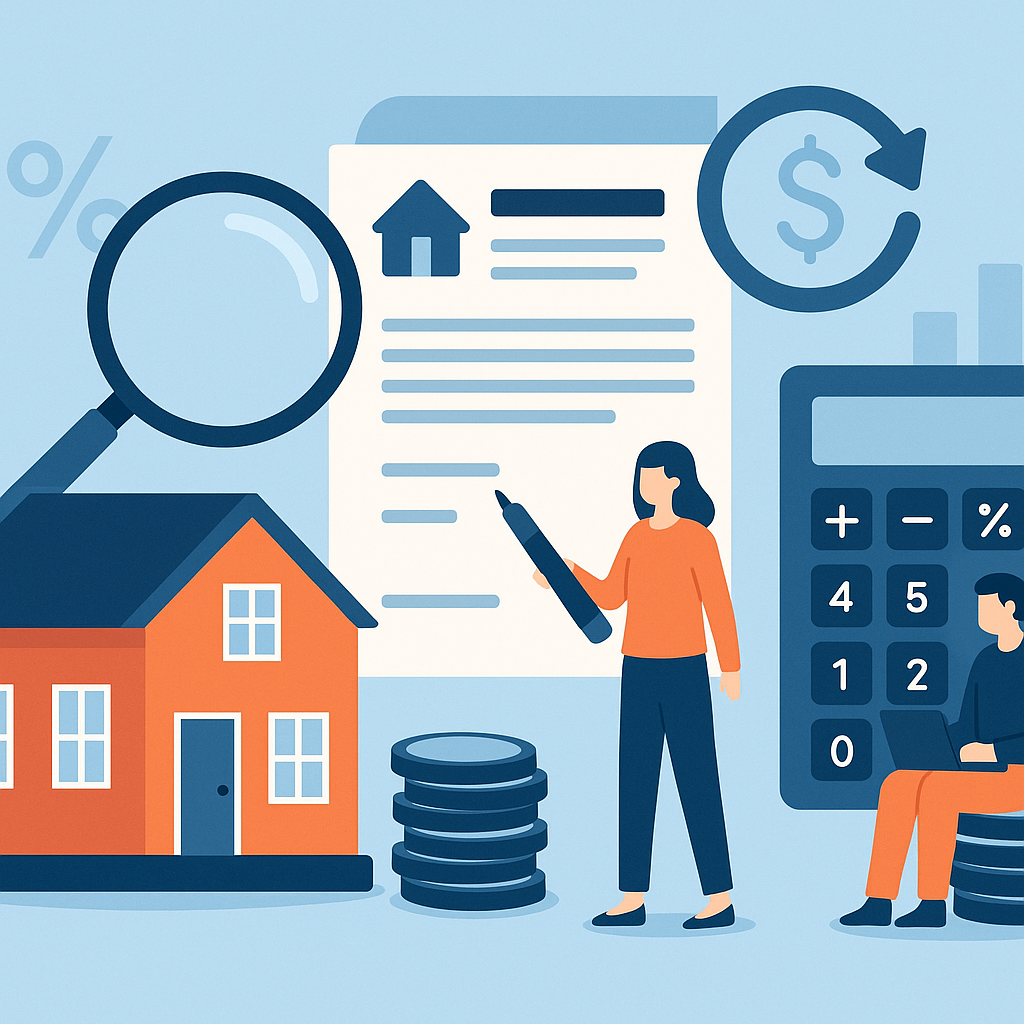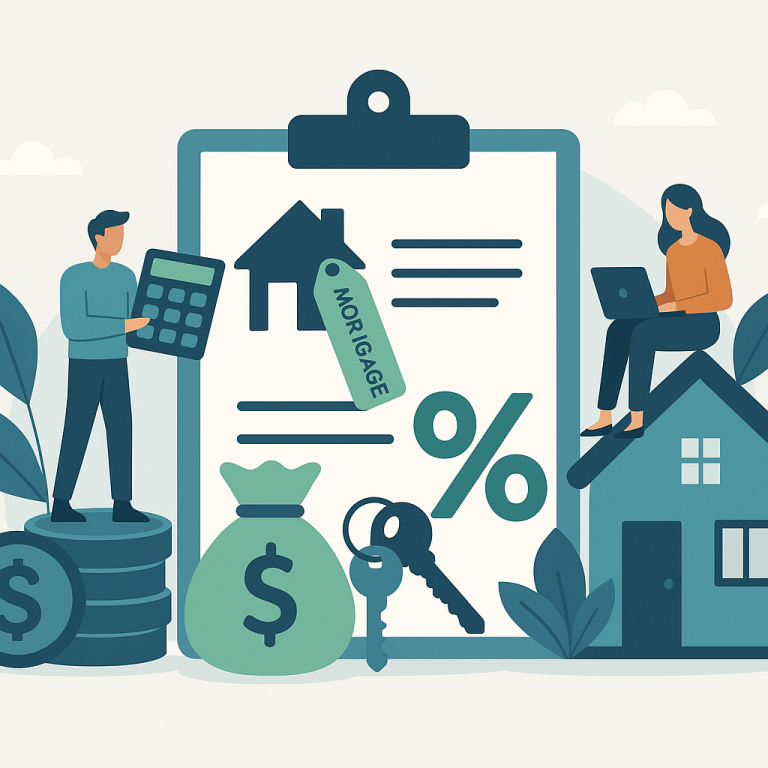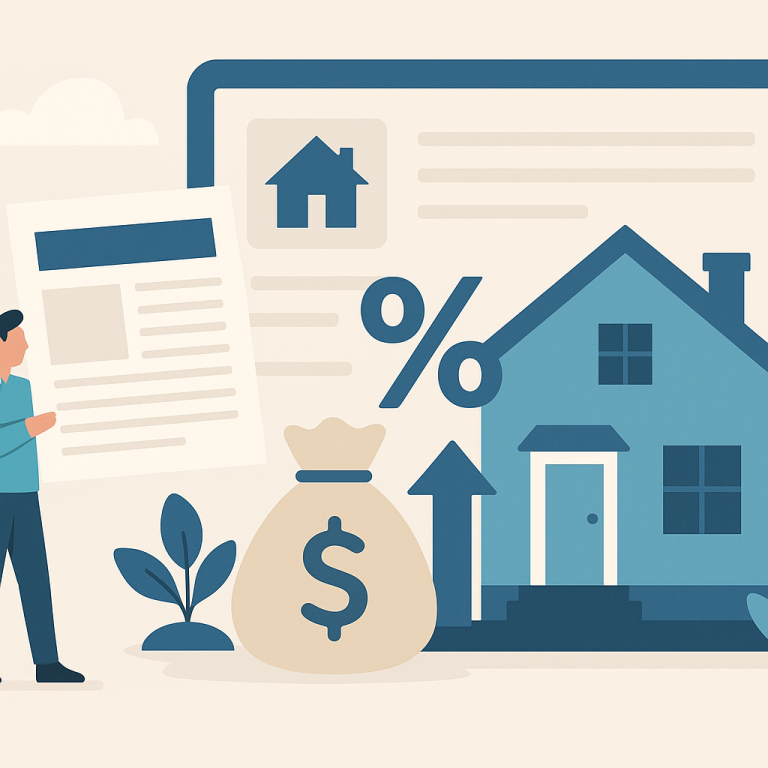Refinance guide mortgage assumption vs refinance differences
Mortgage Assumption vs Refinance: What Homeowners Need to Know
When interest rates, life changes, or a move are on the horizon, homeowners and homebuyers often weigh two ways to handle an existing mortgage: assumption or refinance. Both options transfer the debt to a new borrower or a new loan, but they work very differently. This guide explains what each option is, when it makes sense, the benefits and drawbacks, typical costs and fees, a step-by-step process for each, common pitfalls, and a short FAQ to answer the most frequent questions.
What each option is and when it makes sense
Mortgage assumption
A mortgage assumption occurs when a buyer takes over the seller’s existing mortgage, keeping the original loan’s interest rate, term, and remaining balance. Some government-backed loans (FHA, VA, USDA) are commonly assumable; conventional loans may be assumable only with lender approval.
When it makes sense: assumption is attractive when the existing mortgage has a significantly lower interest rate than current market rates, when both parties want a faster, potentially lower-cost transfer, or when a buyer cannot otherwise access similar financing.
Refinance
Refinancing replaces the current mortgage with a new loan under new terms. The borrower obtains a new mortgage—often to lower the interest rate, change loan type (fixed vs adjustable), access equity (cash-out), or extend/shorten the term.
When it makes sense: refinance is appropriate when interest rates are lower than the existing rate, creditworthiness has improved, or the homeowner wants to change loan structure or pull out equity.
Benefits and drawbacks
Assumption — benefits
- Potentially lower interest rate if the original loan’s rate is below current market rates.
- Faster closing and potentially lower closing costs than a full refinance.
- Preserves the original loan’s term (e.g., remaining years) and repayment schedule.
- May be especially useful for buyers who can’t get new financing at similar terms.
Assumption — drawbacks
- Not all loans are assumable; many conventional loans require lender permission or are not assumable at all.
- Lender may require the assuming borrower to qualify; seller may remain liable unless formally released.
- Buyer must typically make up any difference between purchase price and outstanding mortgage balance via down payment or separate financing.
- Some loans charge assumption fees or require payments of equity or PMI adjustments.
Refinance — benefits
- Wider lender options and flexible loan products (rate, term, cash-out options).
- Can remove an original borrower’s liability by paying off the old loan entirely.
- May allow consolidation of debt or tapping home equity for cash-out purposes.
Refinance — drawbacks
- Typically higher closing costs and fees than an assumption.
- May require appraisal and underwriting; the process can take longer.
- Refinancing resets the loan term (which can extend the repayment period and increase total interest paid unless term is shortened).
Costs and fees
Costs vary by lender, loan type, and whether you assume or refinance. Typical items include:
- Assumption fees: lender administrative or assumption processing fees (often several hundred to a few thousand dollars).
- Credit report and underwriting fees: for borrower qualification in either process.
- Appraisal fees: sometimes required for refinance; less commonly required for assumptions but possible if lender wants re-evaluation of property value.
- Title search and title insurance: to confirm clear ownership and lien status; required for refinance and often for assumption.
- Recording fees and transfer taxes: local government fees for changing ownership or recording the new lien.
- Prepayment penalties: if the existing loan has a penalty for early payoff, it can affect the seller when a refinance occurs (assumption avoids payoff, so typically avoids prepayment penalties).
- Mortgage insurance adjustments: if PMI/MI applies, assumptions may require release or recalculation; VA loans involve entitlement considerations.
Step-by-step process
Assumption — typical steps
- Confirm the loan is assumable: review the mortgage note and contact the lender for eligibility and requirements.
- Buyer applies to the lender: submit income, assets, credit, and any documentation the lender requires to qualify.
- Lender underwrites and approves (or denies) the assumption: they may require a credit check and documentation like for a new loan.
- Negotiate the purchase price and how the buyer will cover the difference between sale price and mortgage balance (down payment, secondary financing).
- Close the transaction: sign an assumption agreement, complete title work, and pay fees. Ensure a release of liability for the seller is sought.
- Record the assumption: file necessary documents with the county recorder.
Refinance — typical steps
- Shop lenders and loan products; get quotes and lock a rate if desired.
- Apply for the new loan: provide documentation, consent to credit checks, and order an appraisal if required.
- Underwriting and loan approval: respond to any conditions the lender requests.
- Close on the refinance: sign papers, pay closing costs, and the new lender pays off the old mortgage.
- Record the new mortgage and begin payments to the new lender.
Common pitfalls to avoid
- Assuming without a seller release: the seller can remain legally liable if the lender doesn’t provide a formal release—always obtain written confirmation.
- Ignoring due-on-sale clause risk: if a loan says it’s not assumable, trying to assume without lender approval can trigger acceleration of the loan.
- Underestimating closing costs and fees: assumptions can be cheaper but are not necessarily free—budget for title, appraisal, and processing costs.
- Failing to verify mortgage insurance or entitlement: PMI, VA entitlement, or subsidy recapture can complicate assumptions.
- Not comparing total long-term cost: a low assumed rate may be attractive, but a refinance could still be better if you need cash-out or a shorter term—and vice versa.
Short FAQ
Q: Is any mortgage automatically assumable?
A: No. Government-backed loans (FHA, VA, USDA) are commonly assumable with lender approval, but many conventional loans are not. Always check the promissory note and ask the servicer.
Q: Which is cheaper — assumption or refinance?
A: Often an assumption has lower upfront costs because it can avoid full closing costs and appraisal, but fees vary. Compare total costs, ongoing rate differences, and whether a seller release is available before deciding.
Q: Will an assumption affect my credit?
A: Yes. The assuming borrower’s credit is checked during approval, and the loan appears on their credit report after assumption. The seller’s credit can also be affected if they are not released and the buyer misses payments.
Q: Can I assume a mortgage if interest rates are higher now?
A: Yes—this is a primary reason assumptions are attractive: if the existing loan rate is substantially lower than current market rates, assuming the loan can lock in those favorable terms.
Choosing between a mortgage assumption and a refinance depends on loan eligibility, current rates, your credit, how much cash is needed, and whether the seller can be released from liability. Review loan documents, talk to the servicer, and run the numbers to see which route saves money and meets your goals.
META: mortgage assumption vs refinance differences, assumable mortgage guide, refinance comparison, homeowners refinancing decisions





